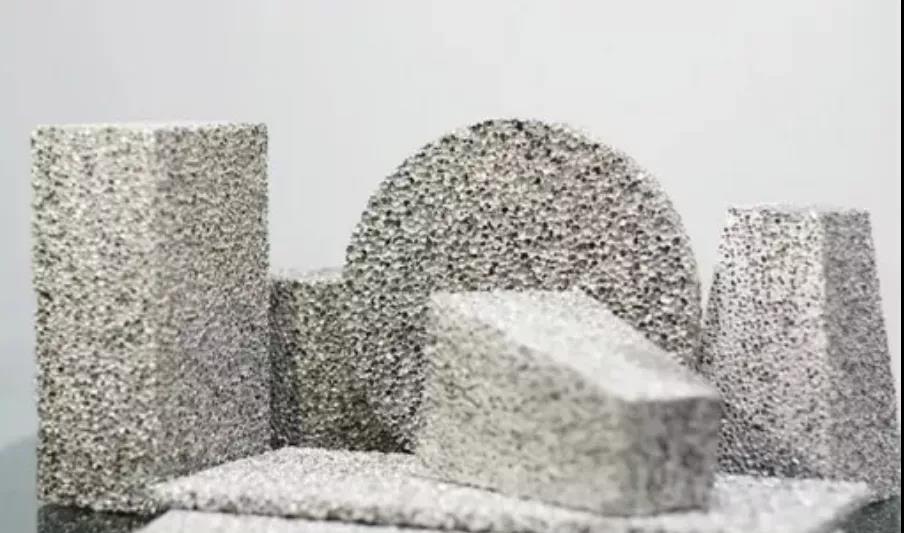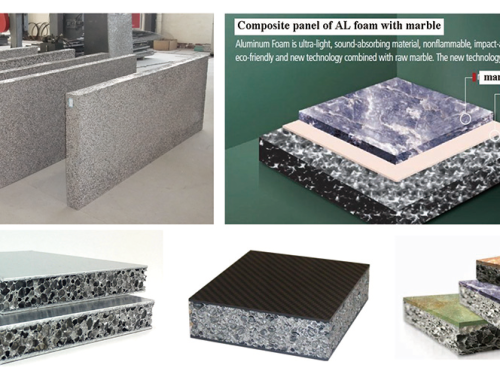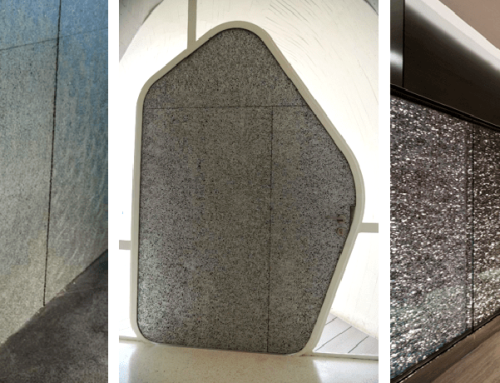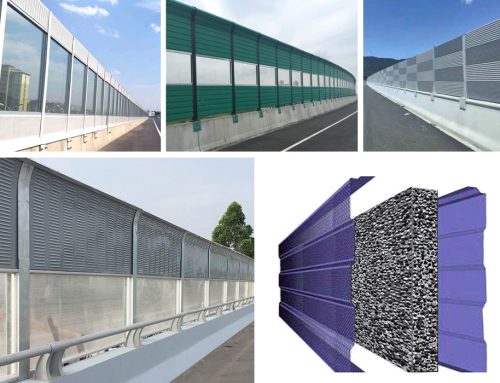The thickness of the acoustic porous material performance has an impact. Different thickness of glass wool sound absorption coefficient. The same material, the thickness doubled, the good frequency of sound absorption to the low-frequency direction to move about an octave. The greater the thickness, the greater the low-frequency absorption coefficient. The absorption coefficient is not related to the thickness of the material; increasing the thickness can improve the absorption effect of low frequency sound, but it has little effect on high frequency sound.
Theoretically, if there is a rigid wall behind the layer of sound-absorbing porous material, the sound absorption frequency appears at the place where the material thickness is equal to 1/4 of the wavelength of the sound wave at that frequency. In use, taking into account the economy and manufacturing convenience, for medium and high frequency noise, generally can be used 2 ~ 5 cm thick shaped sound-absorbing panels. When the low-frequency sound absorption requirements are high, should use the thickness of 5 ~ 10 cm sound absorption.

The porosity and density of acoustic porous material performance impact. Porosity, the volume of internal pores of the material as a percentage of the total volume of the material. The porosity of acoustic porous materials is generally above 70%; when the porosity increases, the density decreases, while the density increases. The larger the pore size, the smoother the pores, the smaller the resistance to flow. Under stable airflow conditions, the ratio of the pressure gradient in the acoustic material to the linear velocity of the airflow. 5cm thick glass wool density changes on the impact of the absorption coefficient. Density is too high or too low will affect the sound absorption performance of the material. In the case of constant thickness, increasing the density of porous acoustic material can improve the absorption coefficient of low and medium frequencies, but the change is less than the change brought about by increasing the thickness, and the high frequency absorption will be reduced to some extent. Porous acoustic materials have a range of density corresponding to good sound absorption performance.
Cavities on the impact of acoustic porous material performance. The cavity, air layer and rigid wall between a certain distance of the material layer. Sound absorption coefficient increases with the increase of cavity depth d (air layer). The cavity structure saves material and is more economical than simply increasing the thickness of the material. The absorption coefficient of porous materials increases with the thickness of the air layer, but the effect does not continue to increase when a certain thickness is reached. The absorption coefficient is large when the cavity depth d is approximately equal to 1/4 wavelength of the incident sound wave or an odd number of times. The absorption coefficient is small when the cavity depth is 1/2 wavelength or an integer multiple thereof. The cavity depth is recommended to be 5 ~ 10 cm, and the cavity depth on the ceiling can be chosen according to the actual need and space size for a larger distance.
The influence of the covering layer on the performance of acoustic porous materials. In practice, the surface protection treatment is usually applied to porous materials with loose material in order to facilitate fixation and aesthetics.
The perforation rate of micro-perforated plate should be greater than 20%, otherwise it will affect the sound absorption effect. Textiles with good air permeability have little effect on the sound absorption characteristics. When painting the surface of the formed porous material board, water quality paint should be used instead of paint to prevent the paint from closing the pores. The effect of environment on the performance of acoustic porous materials.



